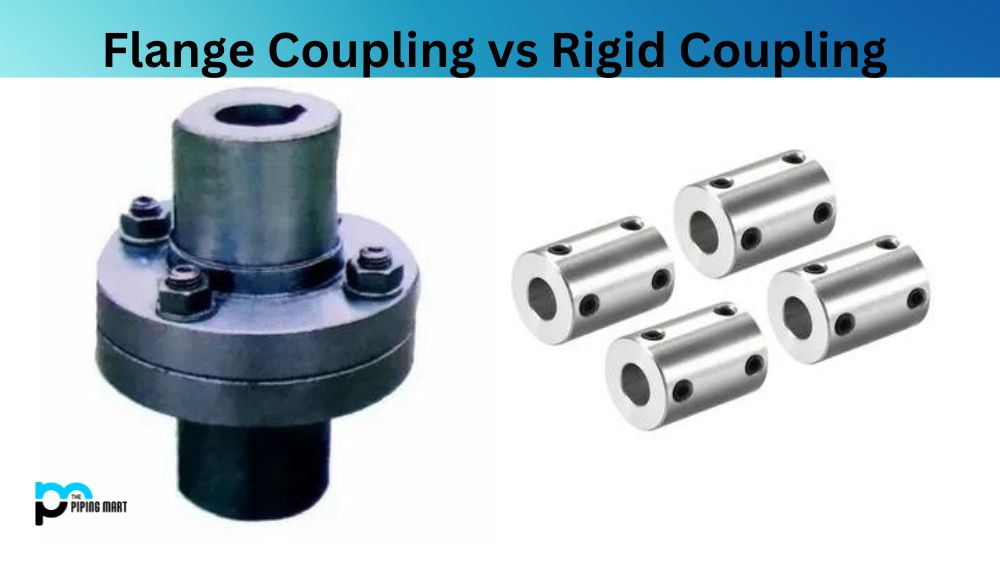If you’re in the metalworking industry, you’ve likely heard of both tempering and annealing. But how do these two processes differ? In this blog post, we’ll explore the differences between tempering and annealing and discuss when each process should be used.
What is Annealing?
Annealing is a heat treatment process used to reduce the hardness of a material while increasing its ductility. There are several types of annealing processes, including recovery, recrystallization, and full anneal. During a full anneal process, the material is heated up to 30°C above its recrystallization temperature before being cooled slowly at a rate of no more than 50°C per hour until it reaches room temperature. This process helps relieve stresses within the material caused by prior processing or machining operations. It can also help improve machinability and surface finish as well as reduce distortion.
What is Tempering?
Tempering is another type of heat treatment process used to reduce brittleness in metals. Unlike annealing, which increases ductility, tempering actually reduces ductility in materials by introducing stress into them. This makes them less brittle but also tougher and harder than if they were left untreated. The tempering process involves heating metal to temperatures between 300-700°C for anywhere from 15 minutes to 2 hours, depending on the desired outcome. After cooling, tempered materials should have better mechanical properties such as strength, toughness, fatigue resistance, wear resistance, ductility, hardness, and corrosion resistance compared to their untreated counterparts.
Difference Between Tempering and Annealing
The difference between annealing and tempering is determined by how it is treated. Tempering the metal entails heating it to a certain heat below a certain threshold and then cooling it at a very slow and regulated rate, while annealing involves heating the metal to a given temperature and then cooling it at a very slow and controlled rate, and is often performed in air, vacuum, or inert atmospheres.
- Tempering is a process of heating and cooling steel to improve its hardness and strength.
- Annealing is a process of heating and cooling steel to improve its ductility and toughness.
- Tempering typically involves heating the steel to a temperature above its critical point and then cooling it in air or oil.
- Annealing typically involves heating the steel to a temperature below its critical point and then cooling it slowly in a furnace.
- Tempering can make steel more brittle, while annealing can make it more susceptible to corrosion.
What is Heat Treatment on metals?
Heat treatments are used to modify the Mechanical-Property, Physical-Property of the metal metals without altering their appearance. They are critical processes in metal production that improve the favorable properties of metal while allowing for more processing.
The heat and temperature of metal are closely regulated in various heat treatment processes. For instance, steel is a metal that mostly goes under heat treatment for various commercial uses.
Common objectives of heat treatment are to:
- Increase strength
- Improve elasticity
- Improve machining
- Increase hardness
- Improve formability
- Increase ductility
- Improve toughness
The cooling stage has varying results depending on the metal and phase. Steel hardens as it is easily cooled, while aluminum softens during the fast cooling stage of solution annealing. There are various methods through which metals are given heat treatment, but Annealing and Tempering are commonly used methods.
Conclusion:
In summary, tempering and annealing are both important processes in metalworking that have different goals but achieve similar results when done correctly—a stronger product with improved properties that are better suited for various applications. Whether you choose to use one or both will depend on what kind of material you’re working with, as well as your desired outcome for the finished product. Understanding these differences will help ensure that you get the best possible results from your project every time!

Abhishek is a seasoned blogger and industry expert, sharing his insights and knowledge on various topics. With his research, Abhishek offers valuable insights and tips for professionals and enthusiasts. Follow him for expert advice on the latest trends and developments in the metal industry.




